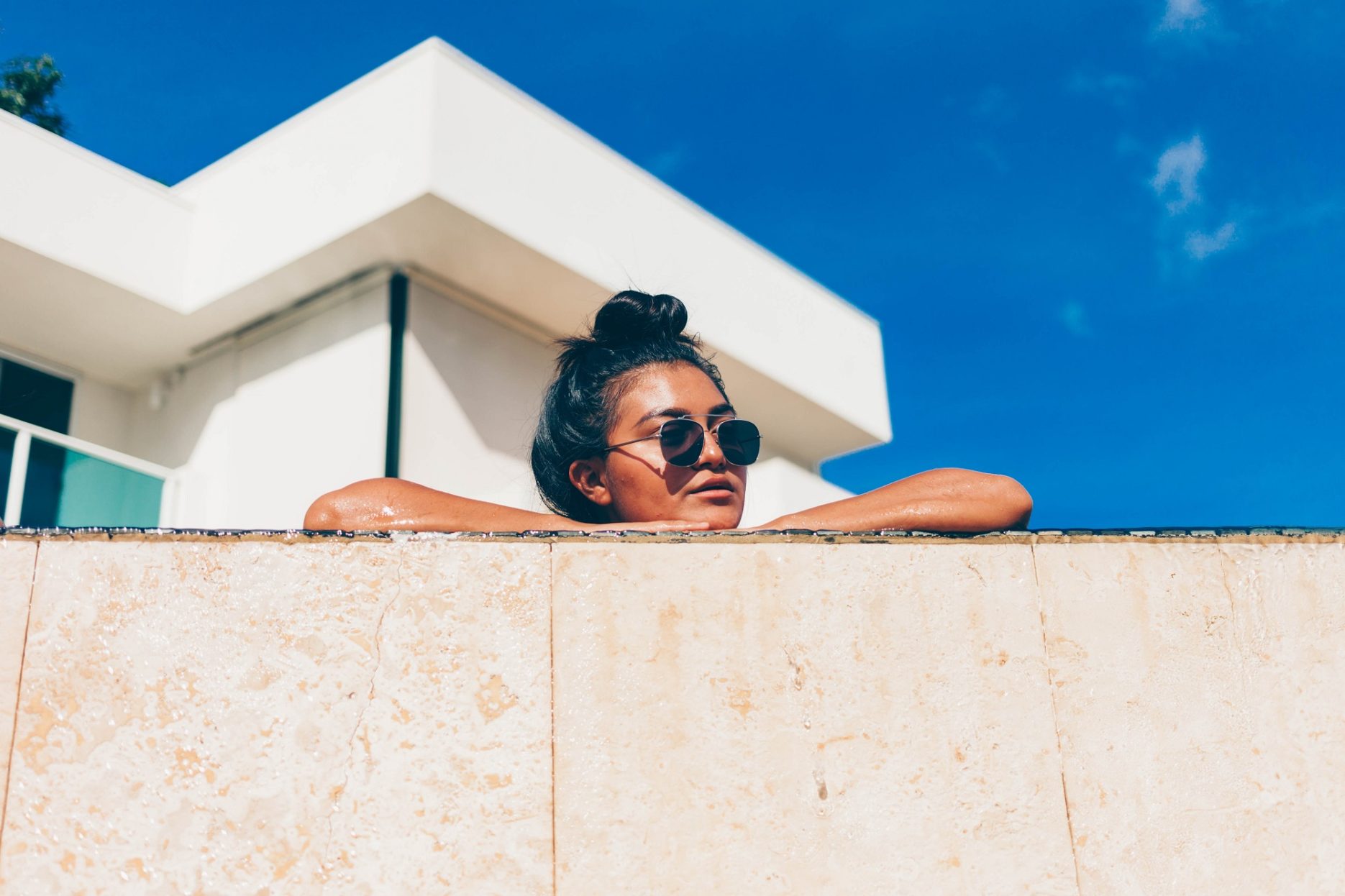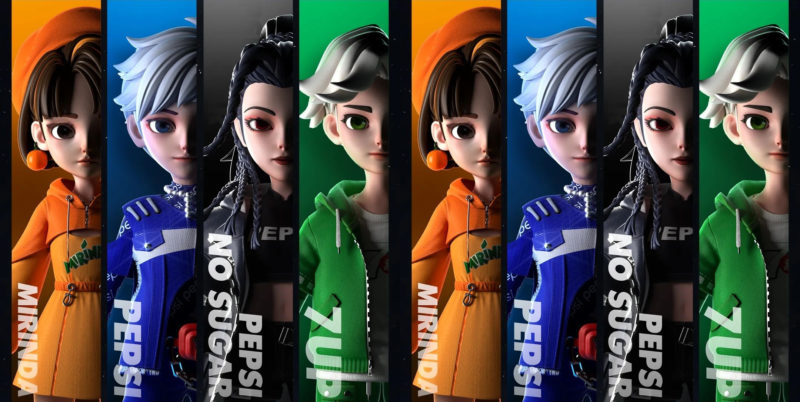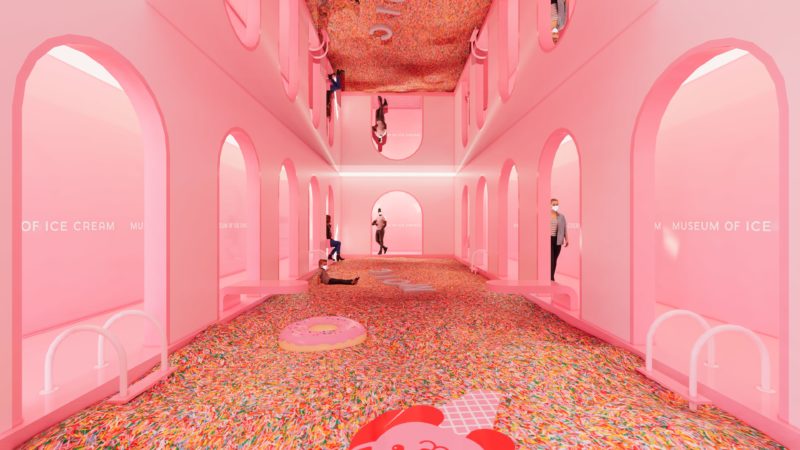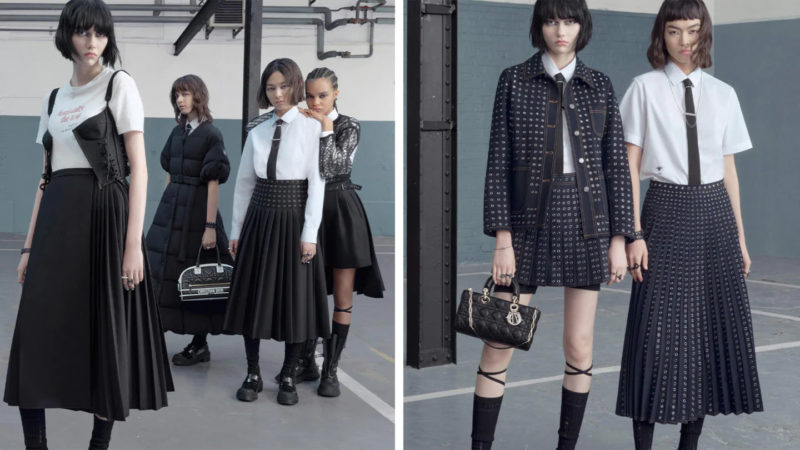A niche tanning trend, called “Meihei” (literally translated as “beautiful black”), has surfaced in China’s first-tier cities. Contrary to the deep-rooted beauty ideals that have praised fair complexions in China for centuries, this “Meihei” trend openly welcomes sun-kissed skin.
On 12 July, the previous Victoria’s Secret supermodel, He Sui, stirred up an online frenzy upon posting pictures of her recent spray tan on social media platforms. Nicknamed “Immortal He” for her extremely pale skin, the stark contrast of her newly-bronzed skin took fans by surprise and sparked a heated online debate. The Weibo hashtag #Willtanningbecomeanewtrend? accumulated a heaping 7 million views and 900 forum discussions. While some questioned and even criticised her decision, other Weibo users praised her unique look.
Traditionally in China, a tan has been associated with physical labour in rural areas, whereas paler skin indicates higher status. In first-tier cities, however, darker skin is becoming more and more associated with vacation and time spent enjoying the outdoors rather than working all day indoors. This is also an indication of the rising middle class in first-tier cities who have more time to spare on leisure activities.
Thirst for the outdoors and sunshine following the outbreak of the epidemic further accelerated the popularity of tanned skin within the past two years. This, coupled with the recent fitness fad that embraces “healthy, glowing” skin that highlights muscle definition, has led to tanning salons experiencing heavy customer volume.
About a decade ago, tanning studios in first-tier cities were few and far between. According to one tanning salon manager in Shanghai, the majority of clients were mostly foreigners, high-paid professionals, or students who had recently returned from their studies abroad. Interestingly enough, the vast majority of clients were males.
Flash forward to today, where both men and women can be seen queuing up at tanning salons in first-cities like Beijing or Shanghai. In the past two years, a considerable amount of new customers have been women. In fact, the current ratio of male to female customers is now 5:5 compared to 7:3 five or six years ago.
While tanning currently remains a niche aesthetic, the growing popularity indicates a shift in Chinese beauty standards among first-tier cities.









